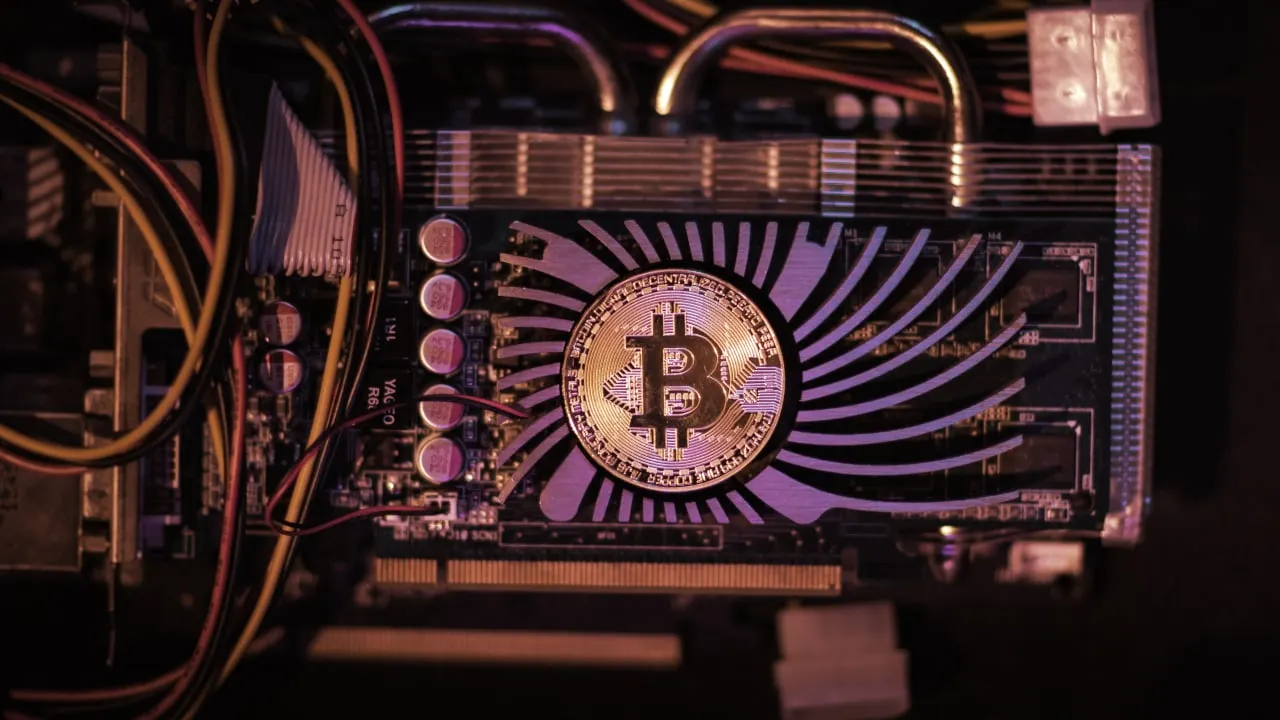Bitcoin’s hash rate has hit a new all-time high—indicating that the network is stronger than ever. Just in time for next year's highly anticipated halving.
The total Bitcoin hash rate hit 491 exahashes per second (TH/s) Wednesday, according to data from Blockchain.com. This means that every second, mining machines around the world securing the Bitcoin network are making 491 quintillion hash computations.
Hash rate refers to the amount of computing power used per second. The more computing power used, the more difficult it is for attackers to take control of more than 50% of the Bitcoin network. It also means there is more mining activity on the network as miners expand their operations and use more machines to continue to make as much profit as possible.
Hash computations—or hashing—is the process of turning data into a fixed-length string of characters. It is needed to do things on the Bitcoin network like create private keys so users can make transactions.
A higher hash rate means that it is difficult for attackers to take over the network because the malicious attacker would need to get enough mining power from machines to match the current hash rate and disrupt it. This would be a costly and energy-consuming process.
And a higher hash rate means that more energy is needed, which in turn means more powerful mining hardware. This could result in higher costs for miners and more energy consumption—something Bitcoin has been frequently criticized for in the past.
But ahead of next year’s halving—an event where the amount of Bitcoin awarded to miners is halved every four years—miners are buying more efficient machines, sending the hash rate up, investor relations manager at Northern Data Henrike Christin Müller previously told Decrypt.
The upcoming Bitcoin halving, the fourth of its kind since the cryptocurrency network launched in 2008, is expected to happen in April and is broadly viewed as a bullish indicator for the market. This is because the halving of rewards, baked into the Bitcoin protocol, is designed to keep BTC inflation in check.
Every four years, the issuance of new Bitcoin is halved, reducing the supply of BTC that miners are able to unload onto the market—and, if history is any indication, increasing demand for the existing BTC that is available on the market. Bitcoin has a fixed supply of 21 million coins, and there are currently just over 19.5 million coins in circulation.

